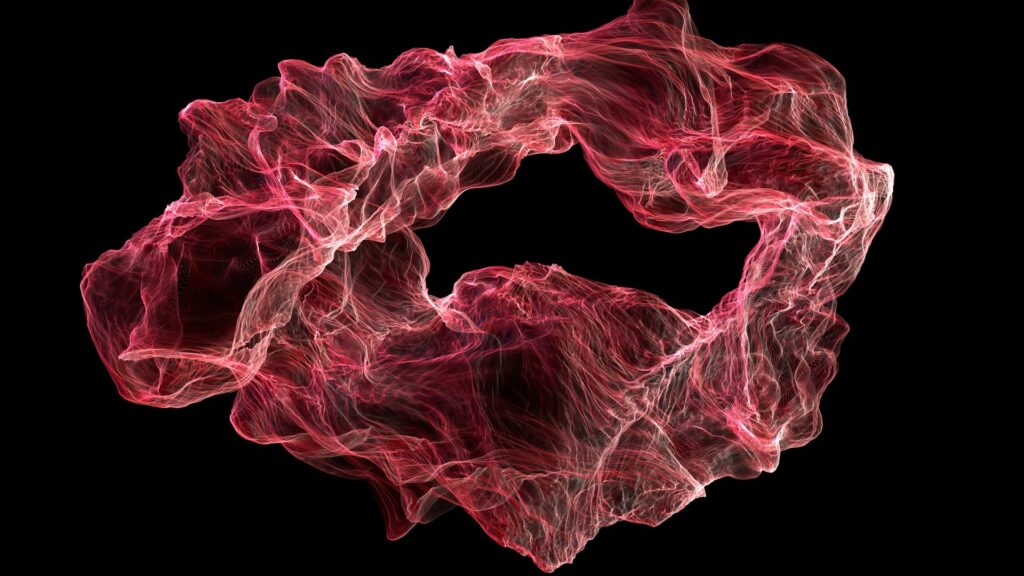Gravitational-wave astronomy has taken a significant step forward with the development of an advanced adaptive optics system designed to enhance the precision of laser interferometers. This innovation, known as FROSTI (FROnt Surface Type Irradiator), was developed by a team led by Professor Jonathan Richardson at the University of California, Riverside (UCR), in collaboration with researchers from MIT and Caltech.
Rosauer, T., Cao, H. T., Bhattacharya, M., Carney, P., Johnson, L., Levin, S., Liang, C., Ma, X., Martin Gutierrez, L., Padilla, M., Tao, L., Wilkin, A., Brooks, A., & Richardson, J. W. (2025). Demonstration of a next-generation wavefront actuator for gravitational-wave detection. Optica, 12(10), 1569. https://doi.org/10.1364/OPTICA.567608
The Laser Interferometer Gravitational-Wave Observatory (LIGO) has been instrumental in detecting ripples in spacetime caused by events such as merging black holes. However, as laser power increases to improve sensitivity, thermal distortions in the optics can degrade the quality of these measurements. FROSTI addresses this challenge by using a precision wavefront control system that applies targeted heating patterns to the surfaces of LIGO’s mirrors, counteracting distortions caused by intense laser heating. This approach allows for fine-tuned corrections without introducing additional noise, which is crucial for maintaining the integrity of gravitational-wave signals.
Professor Jonathan Richardson at the University of California stated,
“That means pushing the limits on both laser power and quantum-level precision. The problem is, increasing laser power tends to destroy the delicate quantum states we rely on to improve signal clarity. Our new technology solves this tension by making sure the optics remain undistorted, even at megawatt power levels.”
The prototype of FROSTI was tested on one of LIGO’s standard 40-kilogram mirrors, demonstrating its ability to make high-order corrections under laser powers exceeding 1 megawatt. This capability is essential for future upgrades to LIGO and the development of next-generation detectors like Cosmic Explorer, which aim to observe more distant and fainter cosmic events.
The successful implementation of FROSTI marks a significant advancement in the field of gravitational-wave detection, offering a pathway to more sensitive and reliable observations. As the technology continues to evolve, it holds the potential to expand our understanding of the universe by enabling the detection of events that were previously beyond our observational reach.
This development underscores the importance of interdisciplinary collaboration and innovation in pushing the boundaries of scientific discovery. By addressing the challenges posed by thermal distortions, FROSTI contributes to the ongoing efforts to enhance the capabilities of gravitational-wave observatories and deepen our insight into the fundamental workings of the cosmos.

Adrian graduated with a Masters Degree (1st Class Honours) in Chemical Engineering from Chester University along with Harris. His master’s research aimed to develop a standardadised clean water oxygenation transfer procedure to test bubble diffusers that are currently used in the wastewater industry commercial market. He has also undergone placments in both US and China primarely focused within the R&D department and is an associate member of the Institute of Chemical Engineers (IChemE).



